
Vitamin D — Basic Facts
Vitamin D is a fat-soluble secosteroid (steroids with one bond in the ring broken) compound. It was first discovered by Elmer Mccollum in 1914, in cod liver oil. Many forms of Vitamin D exist in life. Ergocalciferol and cholecalciferol (collectively known as calciferols) are the two major forms. Vitamin D can be found in your diet in the above forms, and it also can be synthesized in the skin during exposure to direct sunlight. Because it can be synthesized in adequate amounts in the body it is not an essential dietary vitamin. Around 400 to 800 IU of Vitamin D is required to maintain normal plasma concentrations.
- Important notification about information and brand names used in this slideshow!
- Photo courtesy of Health Gauge by Flickr : www.flickr.com/photos/healthgauge/7474848656/
- Nutritional medicine by Alan R Gaby

Synthesis From Exposure To Sunlight
Cholesterol synthesized in the body and obtained through foods is used to form the precursor of Vitamin D3: cholecalciferol) 7-dehydrocholesterol. This compound reacts to Ultra Violet B type light with a wavelength range of 270-300 nm. This reaction occurs in the skin (Stratum spinosum, stratum basale). Cholecalciferol enters the blood stream and is hydroxylated into the liver into 25-hydroxychoolecalciferol (calcidiol) by the enzyme vitamin D 25 hydroxylase. Calcidiol is then transported to the kidneys and blood cell-like macrophages and monocytes, and is further hydroxylated into 1,25-hydroxyxholecalciferol (calcitriol) by 1-alpha-hydroxylase. Calcitriol is the final product of the synthesis pathway and the active compound which binds to vitamin D receptors and mediates its actions.
- Important notification about information and brand names used in this slideshow!
- Photo courtesy of bradleypjohnson by Flickr : www.flickr.com/photos/bradleypjohnson/4472711032/
- Nutritional Medicine by Alan R Gaby
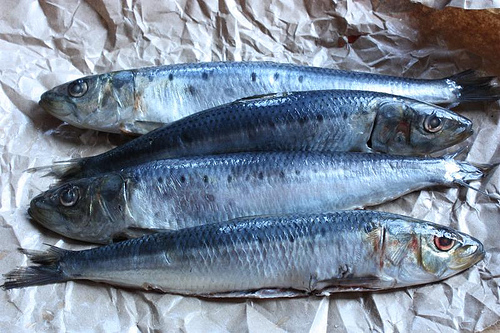
Sources: Sardines And Salmon
Sardines are small fish species that belong to the herring family. Small fish of the herring family, shorter than six inches, were named sardines in England because these fish were plentiful in seas near Sardinia in the 15th century. There are 21 species of sardines currently consumed, but all sardines form a rich source of vitamins and minerals such as vitamin D, B, calcium, phosphorus and potassium. Salmon are a migrating species of fish that are born in fresh water, but mature in salt water. Nine species are used for human consumption. Salmon is very rich in proteins, omega 3 fatty acid, calcium and vitamin D. It is also a well-known source of cholesterol.
- Important notification about information and brand names used in this slideshow!
- Photo courtesy of Andrea Nguyen by Flickr : www.flickr.com/photos/andrea_nguyen/5741616162/
- Nutritional Medicine by Alan R Gaby
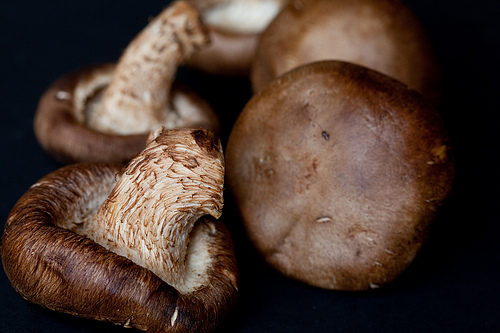
Sources: Shiitake And Button Mushrooms
Shiitake is a variety of mushroom commonly consumed in Asia. It is also known as Black Forest Mushroom, Oakwood Mushroom and Chinese Black Mushroom. Fresh mushrooms and dehydrated/dried mushrooms are readily available. Shiitake mushrooms are an excellent source of vitamin D because they also produce 25-hydroxycholecalciferol when exposed to ultra violet band sunlight, or UV fluorescent light. Button mushrooms (Agaricus bisporus) are a popular variety of mushrooms native to North America and Europe. They can synthesize vitamin D derivatives when exposed to sunlight. A study has shown a tremendous decline in the incidence of breast cancer in individuals who regularly eat button mushrooms.
- Important notification about information and brand names used in this slideshow!
- Photo courtesy of jar () by Flickr : www.flickr.com/photos/jariceiii/5129968450/
- Nutritional Medicine by Alan R Gaby
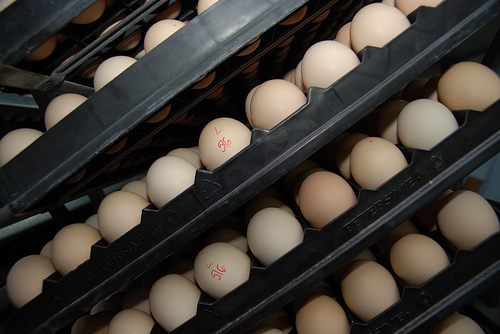
Sources: Eggs
A large variety of eggs are consumed in the world, but chicken egg is the most common. They are used in an extensive array of culinary delights. All eggs have a white and a yolk. The white is rich in proteins and the yolk contains almost all of the vitamins and other minerals. A hard boiled chicken egg contains 155 kcal per serving of 100g. It has a very high content of glutamic acid, leucine, aspartic acid. With 87 IU of vitamin D it is one of the best sources. While providing a lot of nutrients, egg consumption has been shown to be directly related to incidence of heart diseases and diabetes as well, so be cautious.
- Important notification about information and brand names used in this slideshow!
- Photo courtesy of George Groutas by Flickr : www.flickr.com/photos/jorge-11/7168573369/
- Nutritional Medicine by Alan R Gaby

Source: Goat Milk
Capra aegagrus hircus or the domestic goat is commonly domesticated in Europe and Asia and is the domesticated form of the wild goat. This goat provides meat (mutton) and milk. Goat milk makes up just over two percent of the world milk supply yearly. The cream of goat milk stays suspended due to its high content of emulsified fat. It does not rise to the top like in cow’s milk. An average goat bred for milk (dairy goat) produces around three liters of milk per day. A goat’s lactation cycle is ten months long and towards the end the net produce reduces. Goat milk contains 70 calories per serving of 100g. It contains 3.1 g of proteins, 4.4 g of carbohydrates and 3.5 g of fat per 100g. It is a rich source of vitamins among which vitamin D is present in large quantities.
- Important notification about information and brand names used in this slideshow!
- Photo courtesy of haven't the slightest by Flickr : www.flickr.com/photos/lazylikewally/4312282906/
- Nutritional Medicine by Alan R Gaby
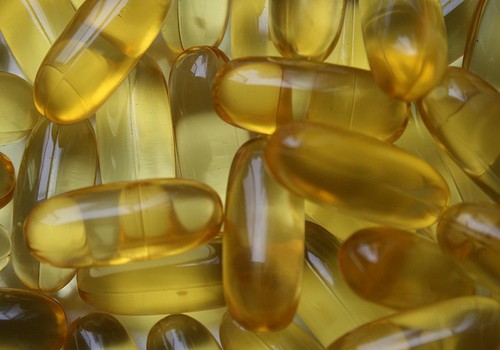
Source: Cod Liver Oil
Cod liver oil is a very popular nutritional supplement extracted from the liver of cod fish. Fresh cod livers and seawater were fermented for a year to produce cod liver oil before, but now it is extracted through cooking. It is a rich source of decosohexaenoic acid, eicosopentaenoic acid and omega 3 fatty acids. 5ml of cod liver oil contains twice the daily dietary requirement of vitamin D. Consumption of cod liver oil during pregnancy has been shown to reduce the risk of type 1 diabetes in children. Cod liver oil may also have a cardio-protective function. Regular use of cod liver oil has been shown to reduce cancer-related mortality in an Italian study.
- Important notification about information and brand names used in this slideshow!
- Photo courtesy of Stephen D by Flickr : www.flickr.com/photos/mydigitalslrcamera/3791004789/
- Nutritional Medicine by Alan R Gaby

Benefits: Blood Pressure Regulation And Diabetes Type 2 Prevention
A study done in 2012 in London in the United Kingdom has shown that the incidence of high blood pressure is reduced by high or normal levels of vitamin D in blood. The researchers showed that for every 10 percent rise of vitamin D plasma levels, the risk of high blood pressure went down by eight percent. Many mechanisms have been proposed to explain the blood pressure-lowering effects of vitamin D. Vitamin D may reduce renal renin secretion. The renin-angiostensin-aldosterone pathway is a critical mechanism to elevate blood pressure when systemic pressure is low. In addition Vitamin D reduces the formation of parathyroid hormone, which has a stimulatory action on renin secretion. Vitamin D may act directly on the blood vessels and relax them as well. Vitamin D maintains insulin sensitivity and low plasma levels mean that insulin cannot control blood sugar level.
- Important notification about information and brand names used in this slideshow!
- Photo courtesy of Morning Calm Weekly Newspaper Installation Management Command, U.S by Flickr : www.flickr.com/photos/imcomkorea/6193690785/
- Nutritional Medicine by Alan R Gaby

Benefits: Helps With Osteoporosis
Osteoporosis is characterized by the reduction of bone minerals. Due to poor mineralization, bones appear porous and brittle. Vitamin D is an essential component of bone mineralization. Vitamin D causes increased absorption of dietary calcium, reduces excretion of calcium and increases resorption (breakdown of bones to release calcium into the blood stream) to ensure adequate calcium is available for bone formation. If a person has low vitamin D levels, this process is interrupted. It also facilitates the proper functioning of parathyroid hormone. Vitamin D can increase bone density, strengthen bones and help prevent pathological fractures (fractures occurring at the level of force normally unable to fracture a specific bone due to weakening of the bone).
- Important notification about information and brand names used in this slideshow!
- Photo courtesy of Ed Yourdon by Flickr : www.flickr.com/photos/yourdon/3442775853/
- Nutritional Medicine by Alan R Gaby

Benefits: Supports Cognitive Function And Mood Stability
Recent studies have shown that low vitamin D levels are related to an increased incidence of schizophrenia, multiple sclerosis and Alzheimer’s disease. Neurons in the substantia nigra and hypothalamus show high levels of vitamin D metabolites. These structures are associated with neuro-endocrine functions (nervous system and the hormone secretion mechanisms are interlinked to maintain normal bodily functions). Many areas in the brain have receptors for binding vitamin D metabolites (hypothalamus, thalamus, basal ganglia, and cerebellum) which suggests that vitamin D may act as a chemical messenger in brain signal transduction. Vitamin D may also act as a protective agent for the brain and it may have a key role in growth and development of the central and peripheral nervous systems.
- Important notification about information and brand names used in this slideshow!
- Photo courtesy of Michael Coghlan by Flickr : www.flickr.com/photos/mikecogh/8561327616/
- Nutritional Medicine by Alan R Gaby


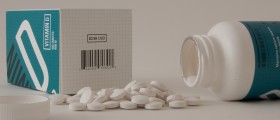

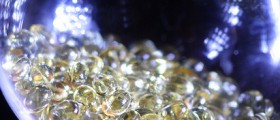
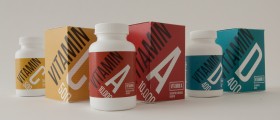
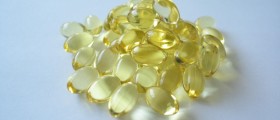

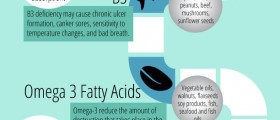

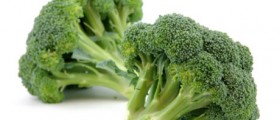





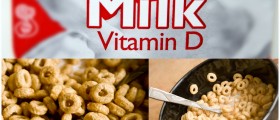




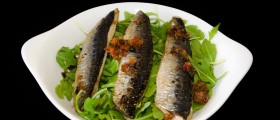





Your thoughts on this
Loading...